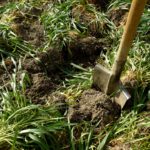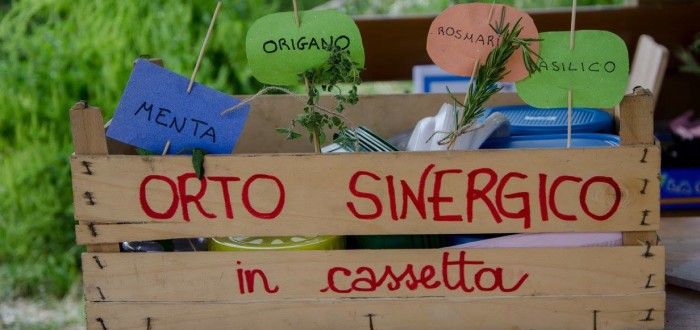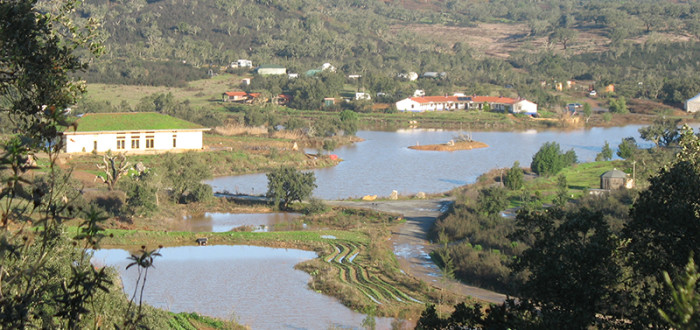Green manuring in Permaculture and Synergistic Agriculture
In Permaculture and Synergistic Agriculture green manuring is a technique for taking care of the soil along with mulch, crop rotation and intercropping and the use of compost.
Green manure crops are cultivated in order to improve soil fertility immediately or once they wither. In this way humus production and soil vitality increase, while loss of nutrients due to rainfalls, soil drying and extreme jumps in temperature are prevented. Moreover, the soil becomes lighter and enriched with nitrogen.
Green manure crops can be seeded among the rows or as main crop. Many flowering plants suitable for green manure are also a great attraction for bees, and they can be planted even under trees.
The plants need to be mowed before flowering, but if you want to repeat the process it’s necessary to wait for the plants to produce seeds before cutting them. Mix the manure to the topsoil and after only 3 weeks the first vegetables can be planted. In order to avoid diseases, what we are going to plant has to belong to different species from those used for green manure.
10 green manure crops to improve soil fertility and make your cultivated land more beautiful:
- Buckwheat: it grows very fast and provides air to the ground. Buckwheat can be used as food for farm animals and it attracts bees.
- White mustard: thanks to its roots, white mustard actively contributes to humus creation and it soften up the soil.
- Lupin: it stimulates humus creation because it becomes quite bushy.
- Reversed clover: it’s perfect under fruit trees and berry bushes. Its roots are thick, so it’s useful for creating humus. Red clovers are good allies in horseradish and cabbage cultivation, as they keep away their parasites.
- Alfalfa: it’s suitable for heavy and very compact soils. It has a deep root system that soften up the ground in depth. Moreover, Alfalfa provides nitrogen and nutrients to the cultivated crops.
- Spinach: it’s a good plant to be placed among other crops, it grows fast and it contributes to creating humus. It’s important not to seed beetroot, chard or Good King Henry before and after spinach cultivation.
- Yellow sweet clover: it keeps mice away, for this reason is suitable for being seeded under trees. Yellow sweet clovers collect nitrogen, attract bees and hoverflies and keep away cabbage flies and small whites.
- Red clover: the microbacteria that develop along its taproot increase nitrogen in the soil. Red clovers are perennial, they create humus, prepare the ground for the coming crops and they are a source of food for pets.
- Common marigold: besides being a beautiful plant, it represents an ally against nematodes (roundworms), it germinates very easily and it softens up the soil.
- Common vetch: it’s very effective in fighting weeds, which find it difficult to grow among its thick leaves and branches. With its roots, common vetch digs the ground in depth and provides nitrogen to it.
Newsletter
ARGOMENTI
- Activities (8)
- Attività (10)
- Attrattive (16)
- Cosa fare (22)
- Farm products (4)
- Fattoria dell'autosufficienza (40)
- Fattoria dell'autosufficienza (62)
- Fauna (8)
- Flora (5)
- I nostri modelli (15)
- Istruzioni per viaggiare (2)
- News (63)
- News (97)
- Our models (14)
- Permacultura (30)
- Permaculture (23)
- Prodotti della fattoria (4)
- Senza categoria (2)
- Senza categoria (4)
- Things to do (22)
- Tourist attractions (15)






